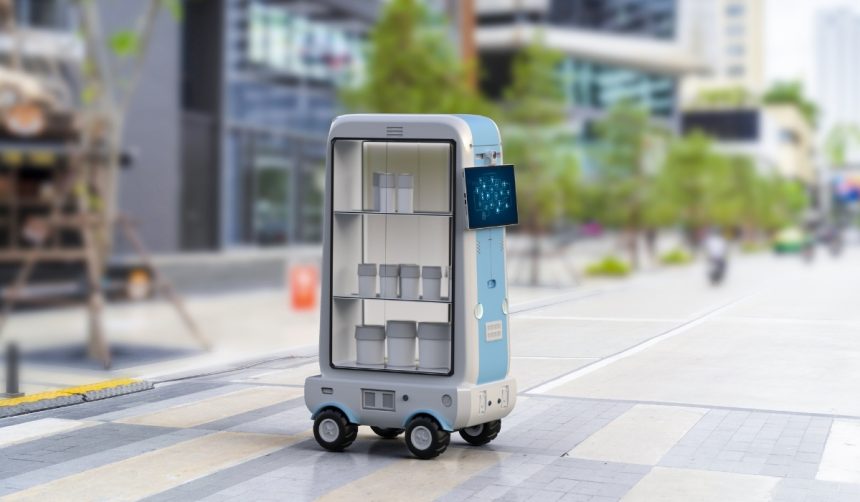ASTM International has taken a significant step in adapting to the increasing ubiquity of robots across diverse fields by establishing a new subcommittee dedicated to robotics applications. This initiative aims to bring together experts from various industries to formulate standards tailored to specific sectors. This move reflects the broader trend of robotics moving beyond traditional environments like factories and warehouses and into areas such as agriculture, construction, and more. By focusing on sector-specific standards, ASTM seeks to ensure that the integration of robotics into these fields proceeds smoothly and efficiently.
Enhanced Focus on Industry-Specific Standards
The newly formed subcommittee will concentrate on crafting standards for robotics applications in industries including oil and gas, agriculture, construction, solar, and nuclear. Adam Norton, chair of ASTM’s F45 Robotics, Automation, and Autonomous Systems Committee, emphasized the importance of these standards, noting that the existing portfolio has been designed to be adaptable across various applications.
“The portfolio of F45 standards to date have been intentionally developed to be general so they can be easily adapted to particular applications,” stated Norton.
Task groups led by subject-matter experts will focus initially on solar, construction, and agricultural applications. These groups will not only develop new standards but also advise other subcommittees as needed.
ASTM Expands Robotics Subcommittees
The Robotics Applications Subcommittee will join other F45 subcommittees, which address various aspects of robotics, such as environmental conditions, A-UGV docking and navigation, and system communication and interoperability. Aaron Prather, director of robotics and autonomous systems programs at ASTM International, highlighted the need for additional standards to support the growing integration of robotics into new industries.
“We have identified that some of these industries need additional standards, guides, and best practices on top of the existing robotics standards to succeed,” Prather said.
This move by ASTM follows the broader trend of standardization bodies worldwide recognizing the need for industry-specific standards in the rapidly evolving field of robotics. Previous efforts have mainly concentrated on generic standards that could be applied across various fields, but the rapid pace of technological advancement has necessitated more specialized guidelines.
While previous standards have been crucial in facilitating the initial phases of robotics integration, there is now a growing understanding that specific industries face unique challenges that require tailored solutions. This shift towards more detailed and industry-specific standards is expected to accelerate the adoption and deployment of robotics technologies in these new areas.
The introduction of the new subcommittee is designed to foster collaboration between industry experts and robotics specialists, providing a structured approach to developing the necessary standards. This move is anticipated to benefit both the industries adopting these technologies and the companies producing the robotics solutions, by streamlining the deployment process and ensuring that all necessary guidelines are adhered to.
The creation of the Robotics Applications Subcommittee represents a proactive effort by ASTM International to meet the evolving needs of various industries as they increasingly incorporate robotics and automation. By focusing on sector-specific standards, ASTM aims to facilitate the smooth integration of advanced technologies into these fields. This initiative underscores the importance of collaboration between industry experts and robotics specialists in developing effective standards that address the unique challenges faced by different sectors.










